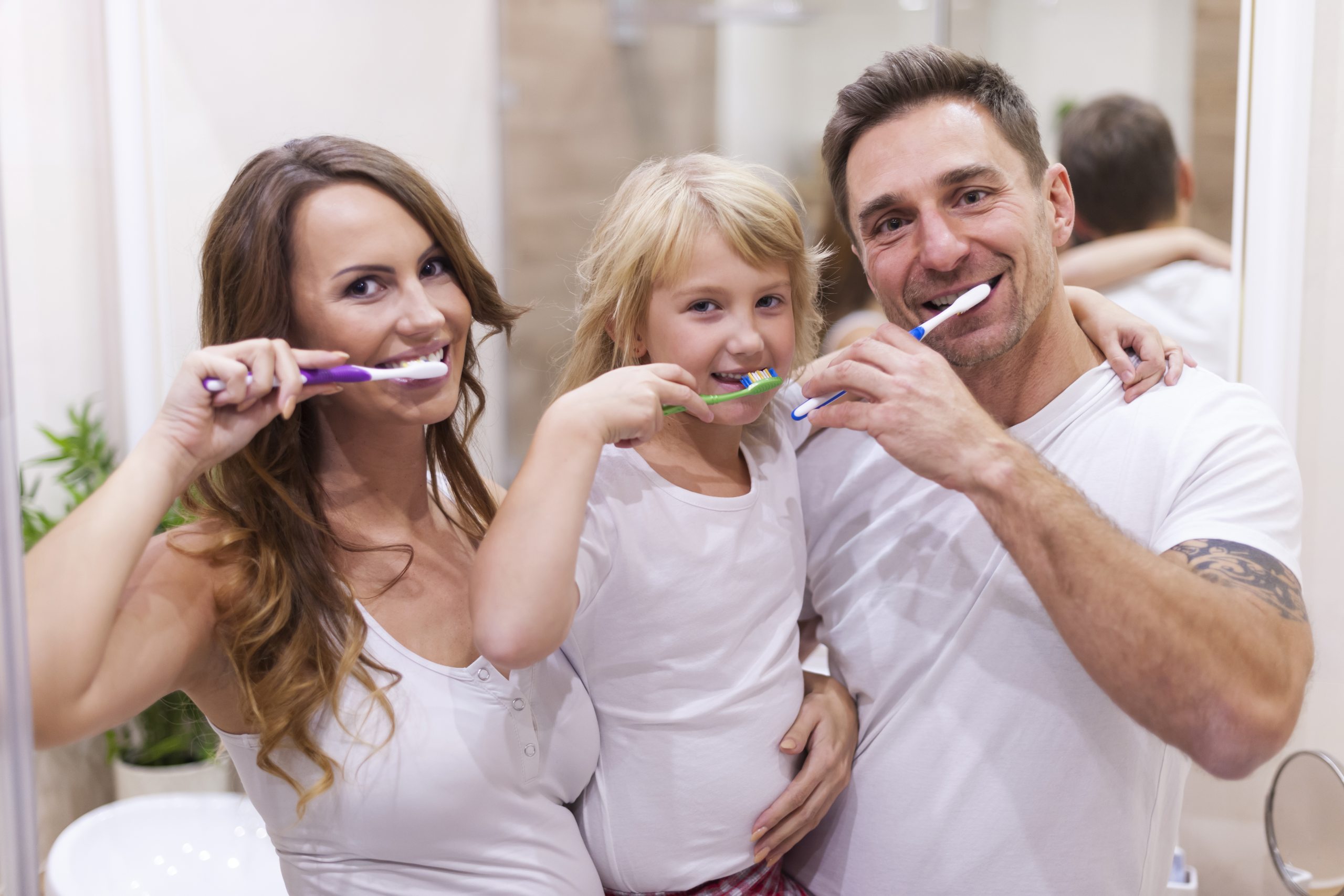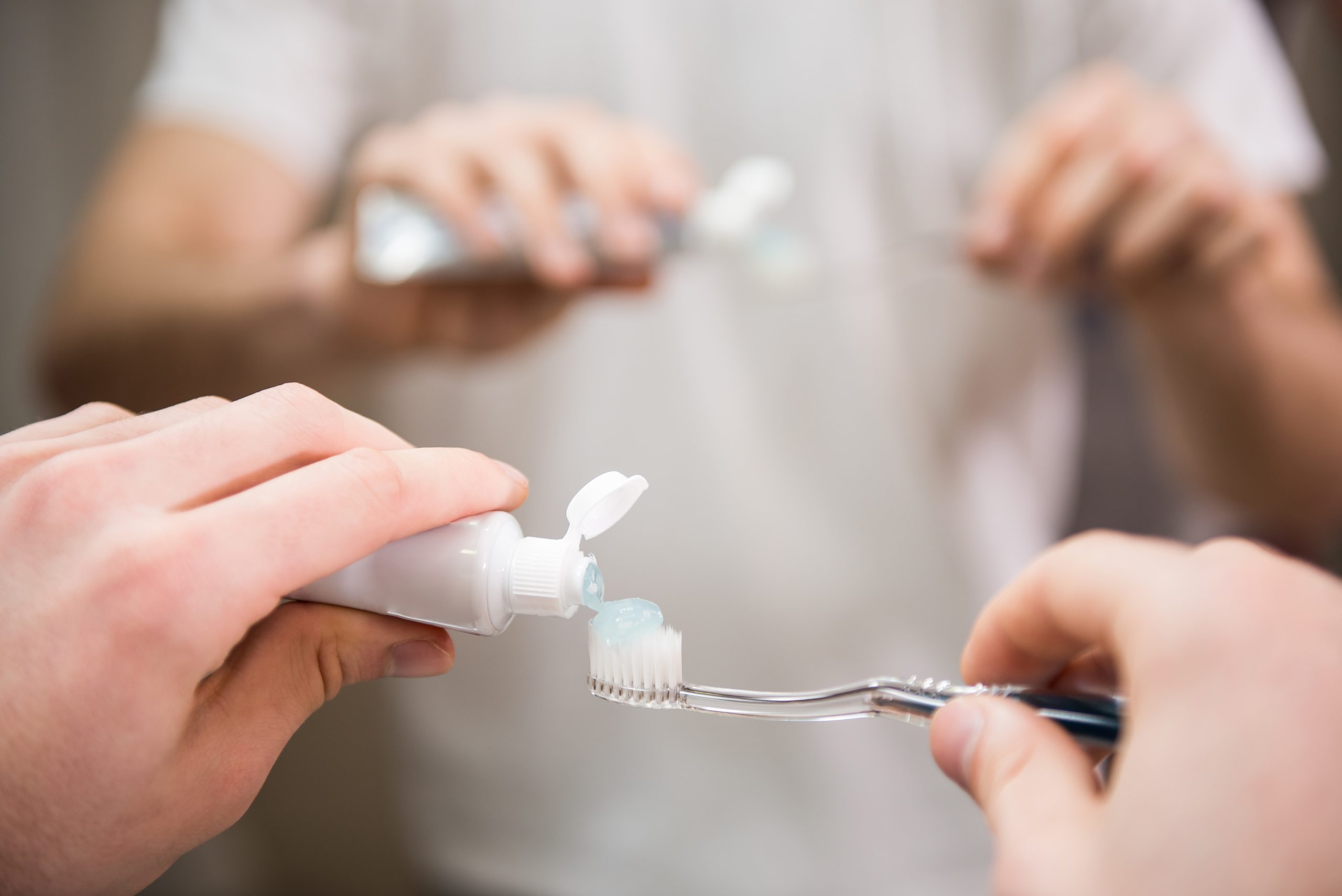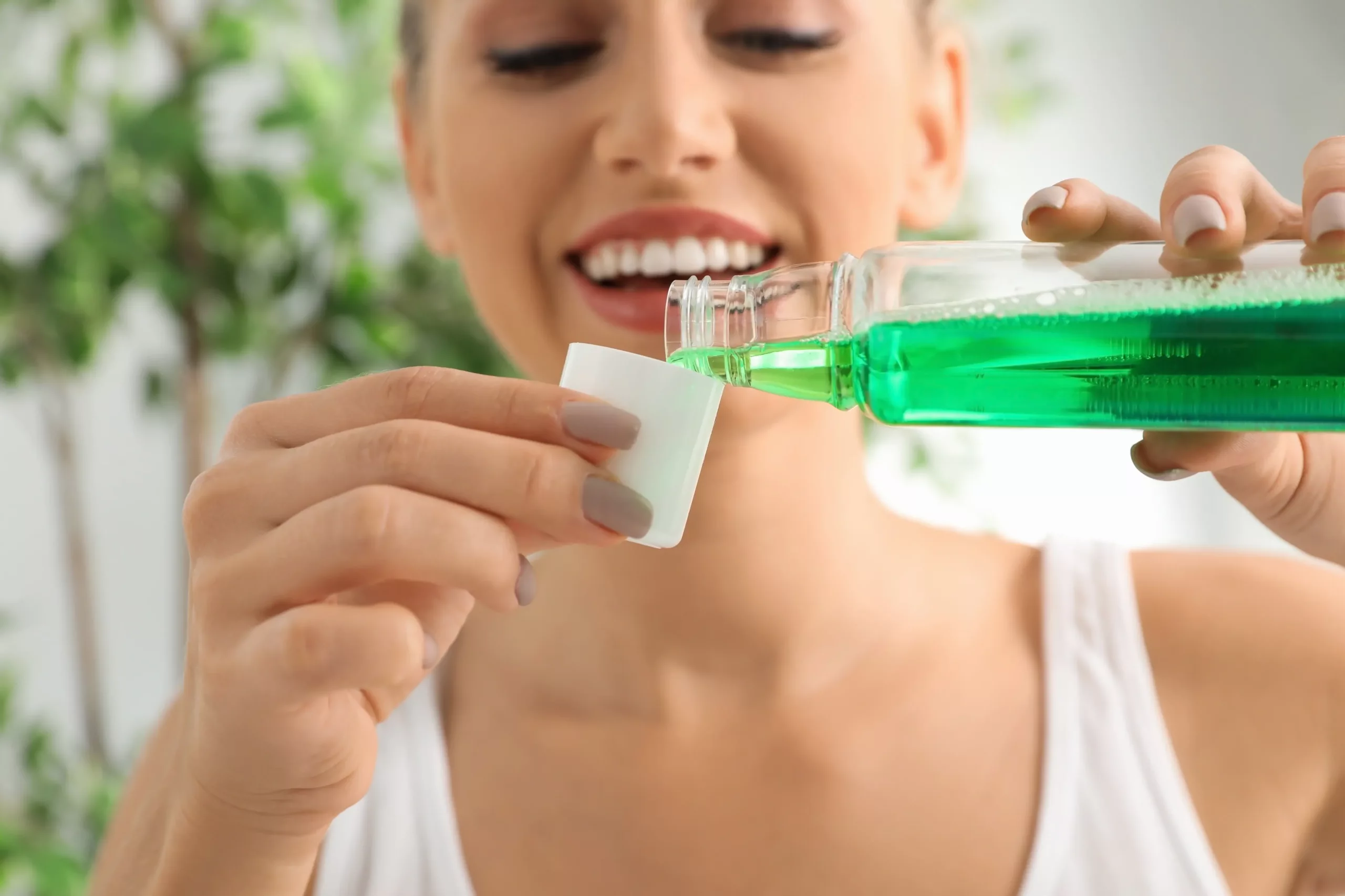
Basics of oral hygiene
Proper oral hygiene is necessary for the prevention of diseases that can occur on teeth and in the oral cavity. Diseases such as cavities, periodontitis, gingivitis, and ultimately tooth loss can be prevented in time if we take care of our oral health.
What does proper oral hygiene include?
1. First and foremost, proper tooth brushing and the correct choice of a toothbrush.
The goal of tooth brushing is to remove dental plaque that accumulates after consumption of food and beverages. Failure to remove dental plaque allows bacteria to multiply and cause diseases in the oral cavity. To prevent this, only two things are needed – choosing the right toothbrush and using the correct brushing technique.
The best toothbrushes have soft bristles, and the pressure on the teeth during brushing should be minimal. The brush should be angled at 45 degrees so that the bristles are directed towards the gum. During brushing, both the tooth and the gum must be reached (it is crucial to reach the tooth surface near the gum and the gum around the tooth). Gently, in circular motions, cover all surfaces of the teeth, front and back. Of course, it is necessary to brush them twice a day – in the morning and evening, each time with toothpaste. If possible, they can also be brushed after meals.
The toothbrush should be replaced every few months or earlier if it becomes worn out.

2. In addition to a toothbrush, dental floss or interdental brushes are essential for maintaining good oral hygiene.
The use of dental floss or interdental brush should be a part of daily routine. Both floss and interdental brushes are used to clean and remove food residues and impurities in the areas between the teeth, known as interdental spaces. Since these areas cannot be adequately reached or cleaned with a regular toothbrush, we need to use different tools. From our experience, there are several reasons why interdental brushes are a better choice than dental floss: they can reach areas that dental floss cannot, one can use them even if they have fixed orthodontic braces, and they are more comfortable than dental floss.
For the first use, we recommend buying a set of interdental brushes in different sizes, so you can find out the appropriate size for each interdental area. Smaller interdental brushes will be used for tihghter areas (e.g., between incisors), and larger interdental brushes for bigger gaps (e.g., between molars).
The bristles of the interdental brush should easily pass through interdental spaces with minimal resistance to avoid injuring the gums. During use, direct the bristles of the interdental brush vertically against the tooth surface and gently insert it into the interdental space. If the selected interdental brush does not pass through a particular interdental space, choose a smaller size and continue until you find the appropriate size. Only one pass of the interdental brush is sufficient between each tooth. Rinse the interdental brush with water and move on to the next interdental space. The process is to be repeated between all teeth.
Interdental brushes should be used once a day – in the evening, before or after tooth brushing.
It is important to note that bleeding of the gums is entirely normal during the first few uses of interdental brushes. If used correctly and continuously, bleeding will stop after a few days.

3. Finally, only one step remains, and that is rinsing the oral cavity with special mouthwash.
After regular teeth brushing and cleaning the interdental spaces, mouthwash is swirled in the mouth for the duration specified by the manufacturer, usually between 30 to 60 seconds. This disinfects the oral cavity, completing the tooth brushing process.

By going to the dentist for annual check-ups and practicing proper oral hygiene that takes only 5 minutes, you ensure healthy and presentable teeth and a healthy and grateful oral cavity!


